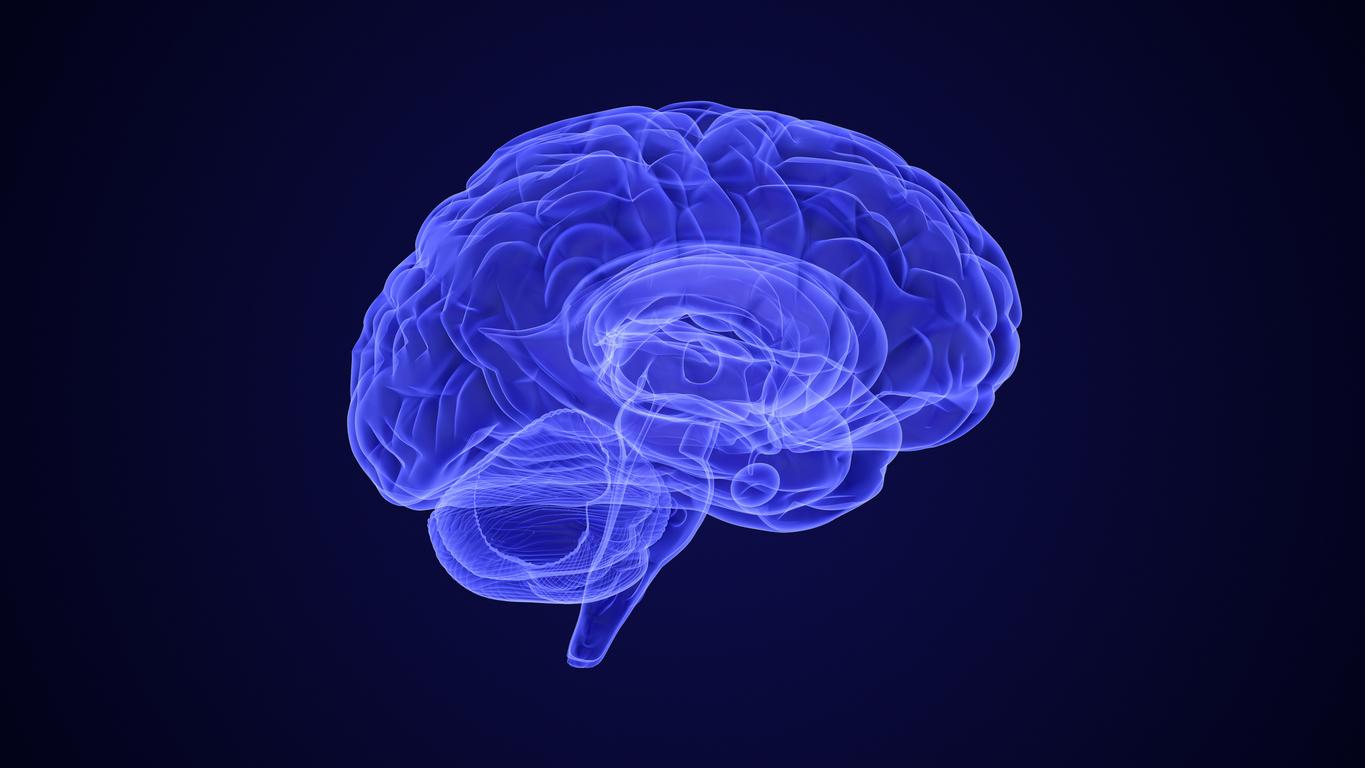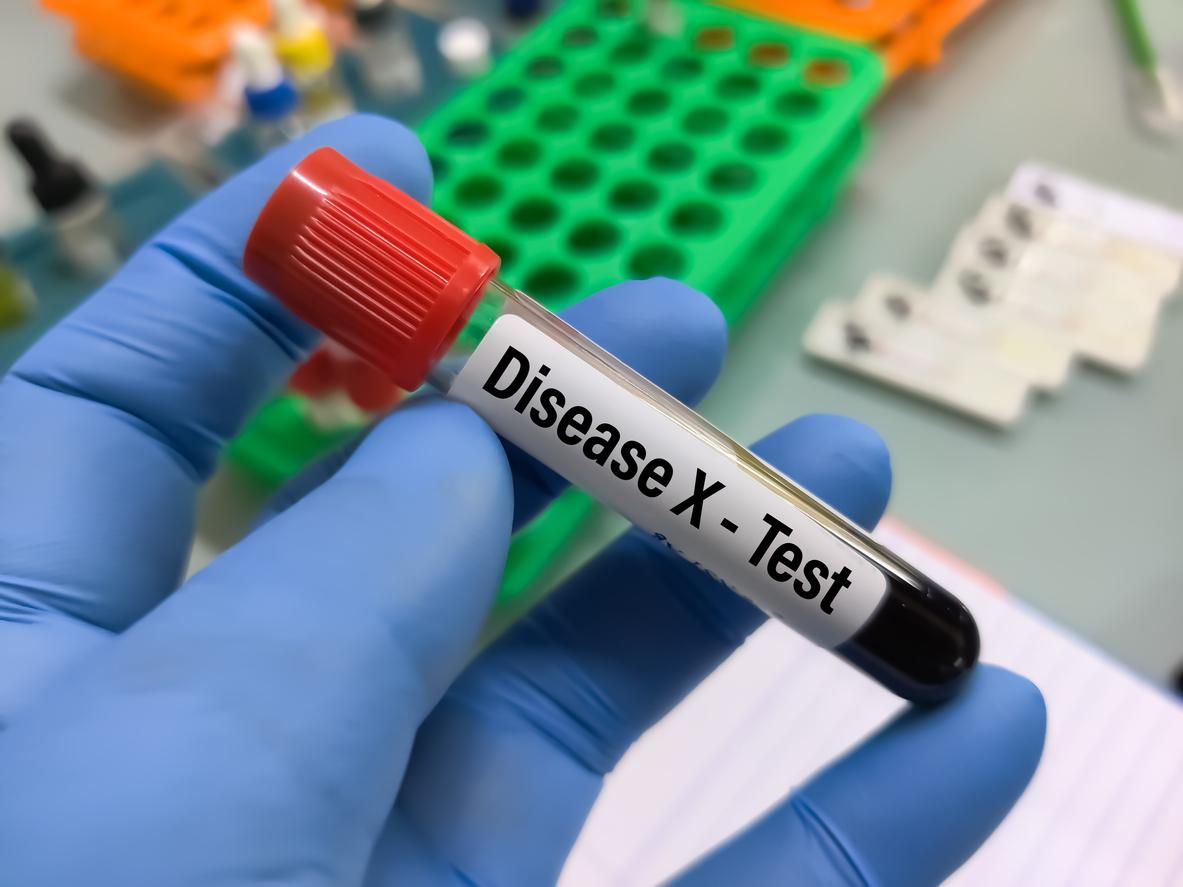Parkinson’s disease is a neurodegenerative disease, linked to the progressive destruction of dopamine-producing neurons located in the substantia nigra of the brain. It affects the area of the brain responsible for controlling movement. Disorders appear on average between the ages of 50 and 70. Unfortunately when the diagnosis arrives, 60 to 80% of the dopaminergic neurons are already destroyed. The evolution will be specific to each one. There are treatments to slow the progression but currently the disease remains incurable, no treatment can restore the destroyed neurons to date.
How does Parkinson’s disease manifest?
Parkinson’s disease causes a weakness in muscle contraction that leads to slowness in movement, rigidity and tremors at rest. To make the diagnosis of the disease, there must be at least two of these major symptoms present. The manifestations are asymmetrical, that is, the symptoms usually appear only on one side, which is quite characteristic of the disease.
Other manifestations accompany these symptoms, such as: cognitive, sleep, mood or smell disorders, depression, swallowing and salivation problems, incontinence, constipation, changes in blood pressure , fatigue, pain, difficulty in moving, sexual dysfunctions, micrography, quavering voice, difficulty in articulating, lack of facial expression, dandruff or oily face.
Some non-motor manifestations appear years before the diagnosis of the disease, for example the loss of smell can appear 4 to 5 years before and daytime sleepiness up to 10 years before. These signs identified in time can alert and allow solutions to be put in place to delay the deadline.
What are the causes of the disease?
Parkinson’s disease often sets in on fragile ground. For 5 to 10% of patients it is hereditary and can occur after significant stress. Environmental factors are probably involved. We often note an imbalance of the microbiota which leads to an excess of pathogenic bacteria passing into the bloodstream through an intestinal barrier that has become too porous. Or a deviant protein, alpha synuclein, which accumulates abnormally in the neurons of the intestine and the brain, forming aggregates of insoluble filaments which spread from neuron to neuron. These aggregates prevent the passage of nerve impulses and lead to motor disorders. They reach the substantia nigra which concentrates the dopaminergic neurons and lead to their massive destruction.
“This destruction can recently be explained by the identification of the sleep-wake system allowingexplain the causes Parkinson’s disease” emphasizes Laurence Guillon, naturopath.
What is the sleep-wake system?
The sleep-wake system is made up of 3 hormones: melatonin, a hormone that protects against oxidized free radicals, 6-methoxy-harmalan, a wakefulness and cognition hormone, and valentonin, a sleep hormone. These 3 hormones are secreted by the pineal gland. Serotonin is the precursor of these 3 hormones.
Melatonin is responsible for eliminating free radicals during the sleep period in order to cleanse the body. While the two other hormones are in charge of modulating the psychic and vegetative life of the organism thanks to the regulation of the secretion of all the endocrine glands of the organism.
“We have noticed in Parkinson’s patients a joint decrease in the 3 pineal hormones, in particular low levels of melatonin, insufficient to eliminate free radicals, thus leading to the massive destruction of dopaminergic neurons in the substantia nigra. The deviant protein alpha synuclein s accumulates inside dopaminergic neurons, forming aggregates that interrupt nerve impulses, leading to motor disorders that appear when 70% of neurons are already destroyed. Thus, the dosage of melatonin from the age of 45 would allow detect the disease and put in place treatments”.
What is the treatment for the disease?
There are various conventional treatments, including L-Dopa or Levodopa, precursor of dopamine, to delay the effects of the disease. On the other hand, the action is limited to 5 or 6 years, so the idea will be to delay taking this medication. A number of side effects are observed such as nausea, vomiting, involuntary movements or depression. It is also necessary to reduce its consumption of dietary proteins which reduces the effectiveness of the treatment. Prevention will once again be the best protection.
What lifestyle?
Food must be antioxidant, biological, living, hypo-toxic and as natural as possible. It must also be rich in phenylalanine and tyrosine, precursors of dopamine, proteins will therefore have a prominent place.
Since environmental factors are certainly involved, a diet free of pesticides, chemical additives or endocrine disruptors is strongly recommended. And to fight inflammation, avoid dairy, gluten, and favor omega-3s and antioxidants. Foods rich in fiber and water will prevent the constipation often linked to the disease.
Physical activity is essential to increase mobility, stimulate the central nervous system and fight against osteoporosis. Ballroom dancing is very effective, brings flexibility and promotes the development of movements and coordination.
It may be necessary to set up certain things with an occupational therapist, install grab bars, stair railings, remove carpets and avoid slippery soles, for example. A physiotherapist can help improve postural balance and a speech therapist will take care of language disorders. Energy blockages can be reduced with an acupuncturist.
Learn to manage stress
Relaxation through different methods helps to reduce the stress caused by illness and tremors. Hypnosis, sophrology, cardiac coherence or meditation… have proven themselves and contribute to bringing well-being.
Understanding the origin of the disease helps a great deal. Changing one’s view of the origin of the disease sometimes means accepting that it is a consequence of traumas experienced previously. Thus, moving could represent a danger or a feeling of insecurity at a given moment. It can also be the fear of moving forward or feeling powerless or even a tendency to want to control everything and the disease is there to remind you that this is not possible.
The naturopath’s prescription
L-Phenylalanine and tyrosine supplements may be helpful. To protect against inflammation and cellular oxidation, there are various supplements, omega-3, Coenzyme Q10, vitamin B6, alpha-lipoic acid, quercitin or even resveratrol. L-Dopa can be delayed with antioxidants, vitamins C and E. Vitamin D supplementation is essential, in fact it has been noted that Parkinson’s patients show quite low levels of vitamin D. Choline, precursor of acetylcholine which intervenes in the control of the movements would also protect the dopaminergic neurons.
Taking care of your intestines and liver is also essential to limit inflammation.
Some plants are dopamine-like, such as Mucuna Pruriens or the broad bean. Adaptogenic plants such as rhodiola, anti-inflammatory such as curcumin, antioxidants such as cinnamon or green tea, toning such as Guarana will be recommended. Coffee is recommended, coffee drinkers show less risk of developing the disease. Marjoram will be effective on nervous disorders, as well as essential oil of thyme or passionflower. If there is suspicion of heavy metals, chlorella will be essential. The olive tree in gemmotherapy can bring digestive and nervous well-being.
To know : Laurence Guillon is a naturopath, contributor at therapistsmagazine.com
Read also :
- Antibiotics may increase the risk of Parkinson’s disease
- Parkinson’s disease continues to progress
- Parkinson’s: the promising avenue of immunotherapy
















